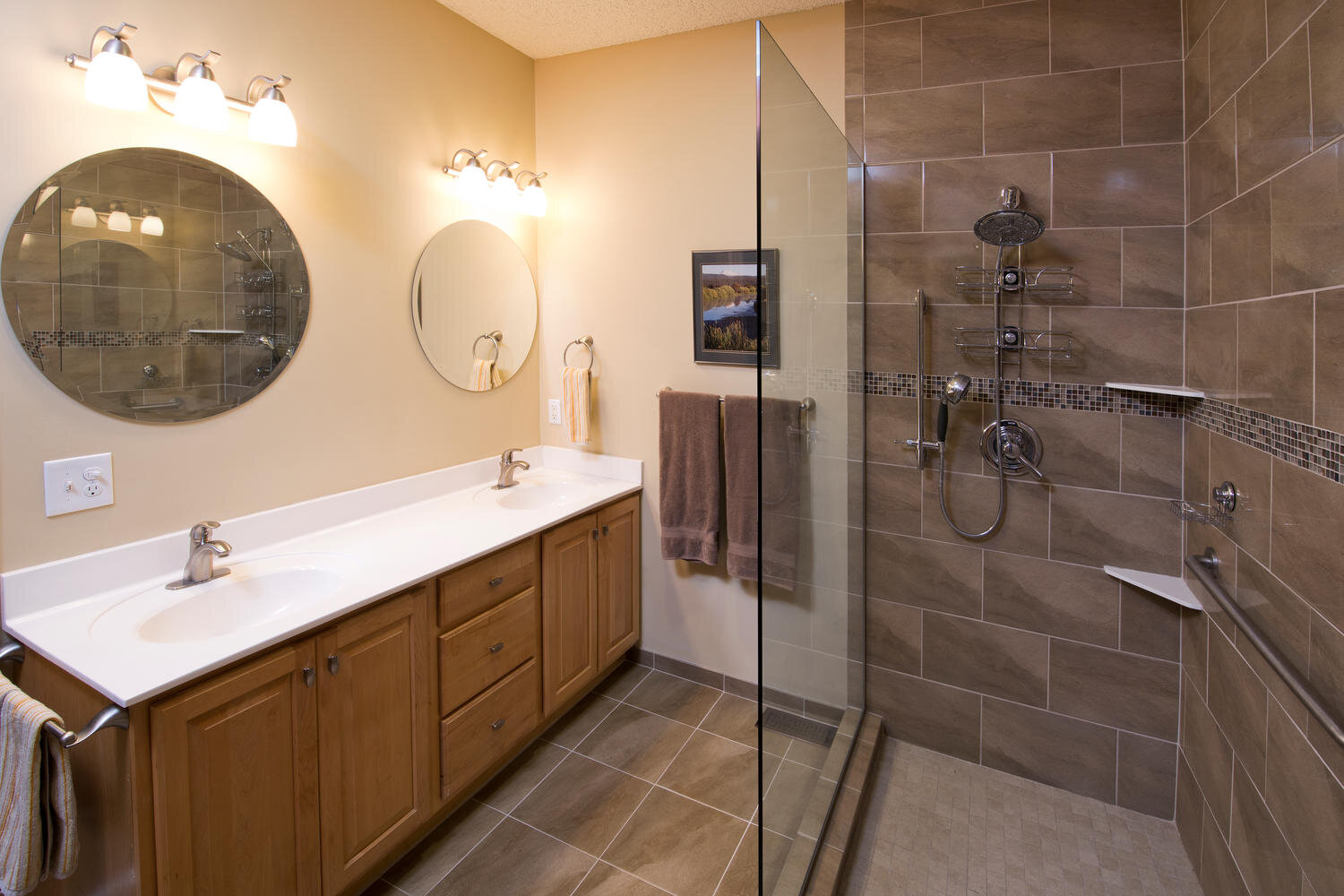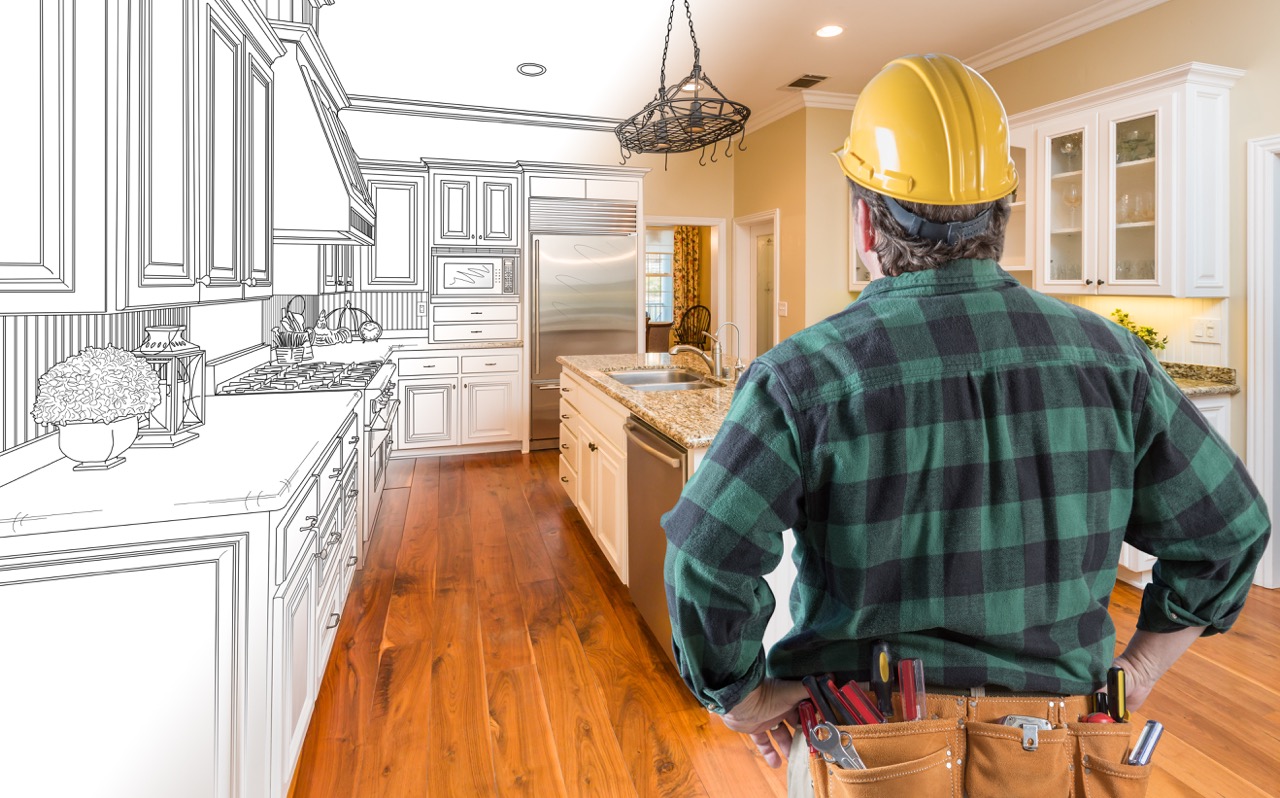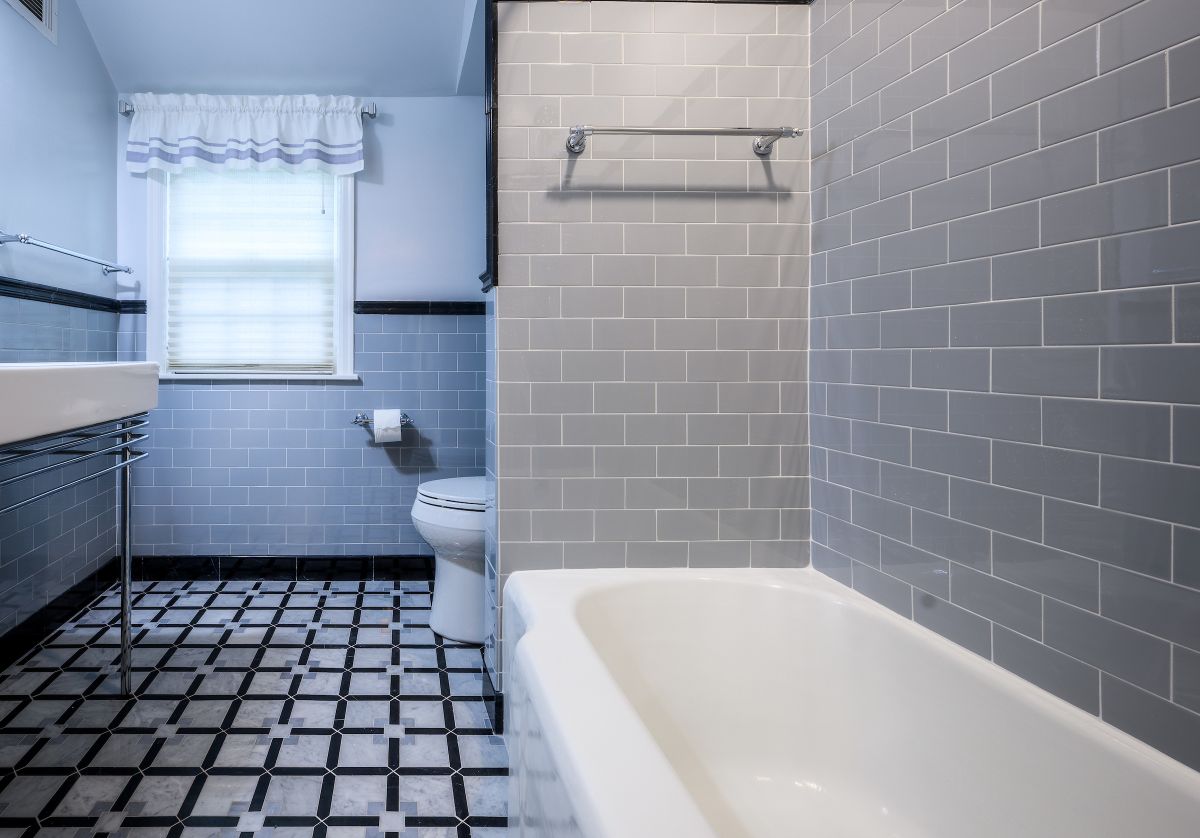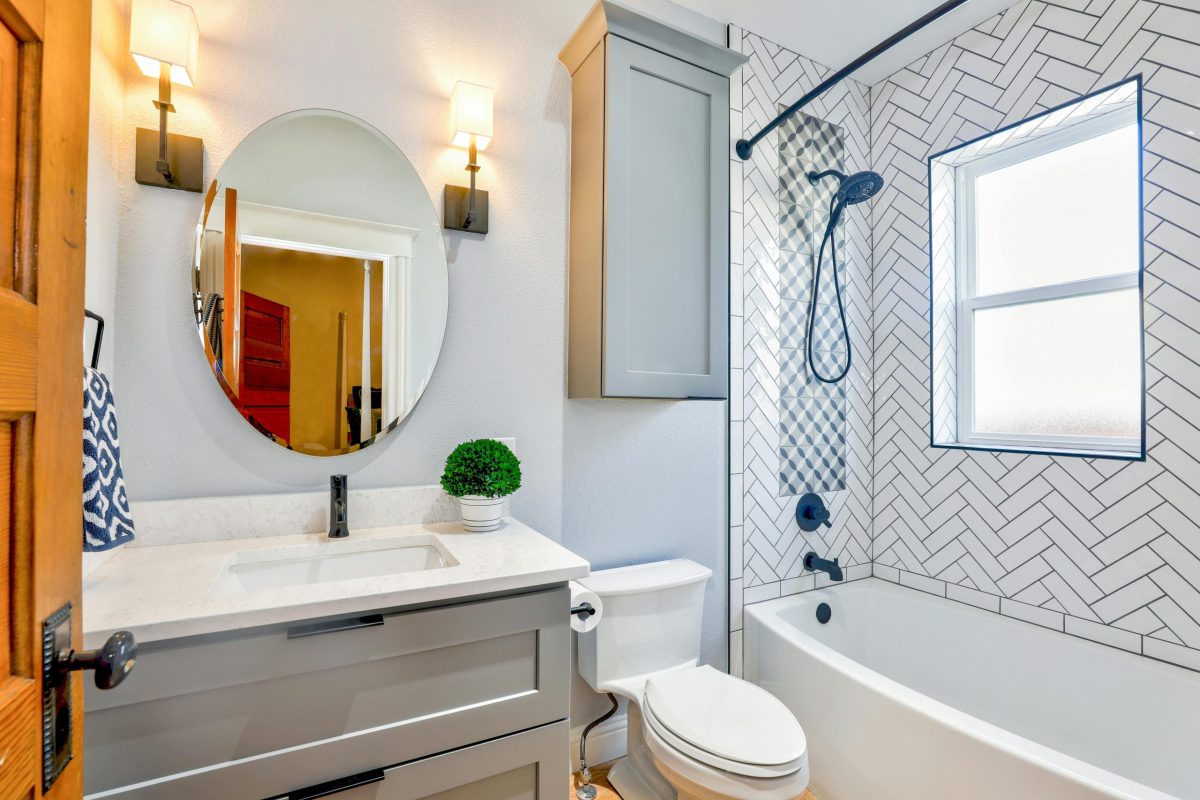
Do you have a long-term home plan? Will you downsize to a smaller place or move closer to the family? Or perhaps you plan to stay put in your current home for the long haul? Whichever option suits your lifestyle, there are important design elements to consider no matter what style or size home you retire in.
If you’re house-hunting with your golden years in mind, it’s vital to find a home that accommodates all physical abilities. Think about the accessibility of each space as you enter it. Ask yourself, would this home be practical if I become less mobile? Or a step further, could this home become potentially dangerous if I become less mobile? These kinds of questions may seem overly alarmist at first, but they’ll serve you well in determining what kind of home is truly right for you. If you’re beginning the home search or making changes that will make your current home’s design more universally accessible, you might want to address the following items.
1. Clear Paths.
It may sound somewhat obvious, but a huge way to make your home more universally accessible is to make its pathways as clear as possible. Are there pieces of furniture blocking hall space or entrances – things that could trip people up? Does your home have a natural flow that facilitates easy movement from room to room? On the outside, is the path to your doorway lit at night? And are there any tree branches or overgrown shrubs blocking access to your home? This simple thinking exercise is an excellent way to spot easy changes you might make to increase your home’s accessibility!
2. Safety First.
The value that underlines all universal design is a desire to assure safety for any person in any space. Whether you’re young or old, mobile or immobile, in peak physical shape or limited by illness – universal design is about creating environments that are accessible to everyone. Accessibility concerns naturally flow into increased safety. For example, installing a curbless bathtub that’s lower and easier to get in and out of will inherently make your home a safer place for you to age in.
3. Replace Handles.
This is perhaps the easiest swap on this list, in fact, if you’re remotely handy you could probably accomplish this task in one afternoon. Many people struggle with arthritis or related issues that make gripping things much more painful as they get older. A home filled with traditional doorknobs or small cabinet handles is just not going to cut it. Replace the doorknobs in your home with levers, add large handle pulls to your cabinets, and even consider swapping in lever style or touchless faucets throughout your home – you’ll thank yourself later. Bonus: The new handles will be easier for little grandchildren to grab onto as well!
4. Guide Lights.
Another project that will go far in providing home safety is installing strategic lighting. Motion sensor lights are ideal, but they aren’t the only option. Adding under cabinet lighting in the bathroom or kitchen is a great idea. Guide lights in heavily trafficked hallways, and especially on staircases, are also vastly helpful ways to ensure safety during those late-night bathroom trips!If this post sparked ideas for any home project that you’re not quite up for – please give us a call. We’d love to help you transform your home into a place you can enjoy and grow into and for years to come!





